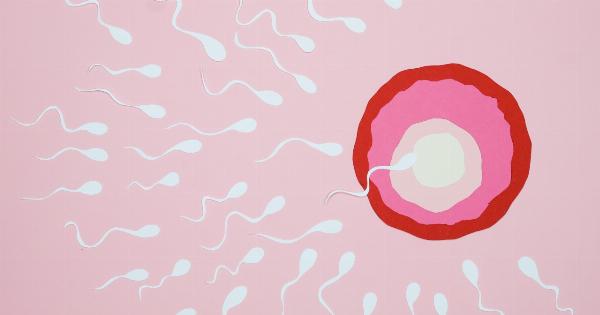Artificial fertilization, also known as assisted reproductive technology (ART), is a medical procedure used to help individuals and couples conceive when natural fertilization is difficult or impossible.
This process involves various techniques that assist in achieving pregnancy and has revolutionized the field of reproductive medicine.
Methods of Artificial Fertilization
There are several methods of artificial fertilization. Let’s explore the most commonly used ones:.
Intrauterine Insemination (IUI)
IUI involves placing sperm directly into a woman’s uterus to increase the chances of fertilization. This method is used when the sperm quality is poor or when the cervix presents a barrier to natural conception.
In Vitro Fertilization (IVF)
IVF is a widely known and extensively used method of artificial fertilization. It involves the collection of eggs from the ovaries and fertilizing them with sperm in a laboratory.
The resulting embryos are then transferred back into the woman’s uterus, where they have the potential to implant and develop into a pregnancy.
Intracytoplasmic Sperm Injection (ICSI)
ICSI is a technique used in conjunction with IVF. It involves the injection of a single sperm directly into an egg to enhance the chances of fertilization. This method is particularly useful when there are issues with sperm quality or quantity.
Artificial Insemination by Donor (AID)
AID is a method where sperm from a donor is used to fertilize a woman’s eggs. This approach is commonly used when a male partner has a low sperm count, genetic disorders, or if the woman does not have a male partner.
Preimplantation Genetic Screening (PGS)
PGS is a technique used during IVF to screen the embryos for any genetic abnormalities. This allows for the selection of the healthiest embryos for transfer, reducing the risk of passing on genetic disorders to the offspring.
Cryopreservation
Cryopreservation, or embryo freezing, is the process of preserving embryos for later use. This technique is often utilized in IVF cycles when there are surplus embryos that are of good quality but not immediately transferred.
These frozen embryos can be thawed and transferred at a later time, increasing the chances of pregnancy without the need for another stimulation cycle.
Artificial Fertilization Success Rates
The success rates of artificial fertilization methods vary depending on various factors such as the age of the woman, the cause of infertility, and the expertise of the medical team.
Generally, younger women tend to have higher success rates compared to older women. Success rates also vary between different clinics and countries.
Possible Risks and Drawbacks
While artificial fertilization techniques offer hope to individuals and couples struggling with infertility, there are potential risks and drawbacks associated with these procedures.
Some of the risks include multiple pregnancies, ovarian hyperstimulation syndrome, and the psychological and emotional impact of unsuccessful attempts.
Conclusion
Artificial fertilization techniques have revolutionized the world of reproductive medicine by allowing many people to achieve their dreams of parenthood.
Whether through IUI, IVF, ICSI, or other methods, these procedures offer hope and an alternative when natural conception is challenging. However, it is essential for individuals and couples to carefully consider the risks, success rates, and emotional implications involved before embarking on the journey of artificial fertilization.































